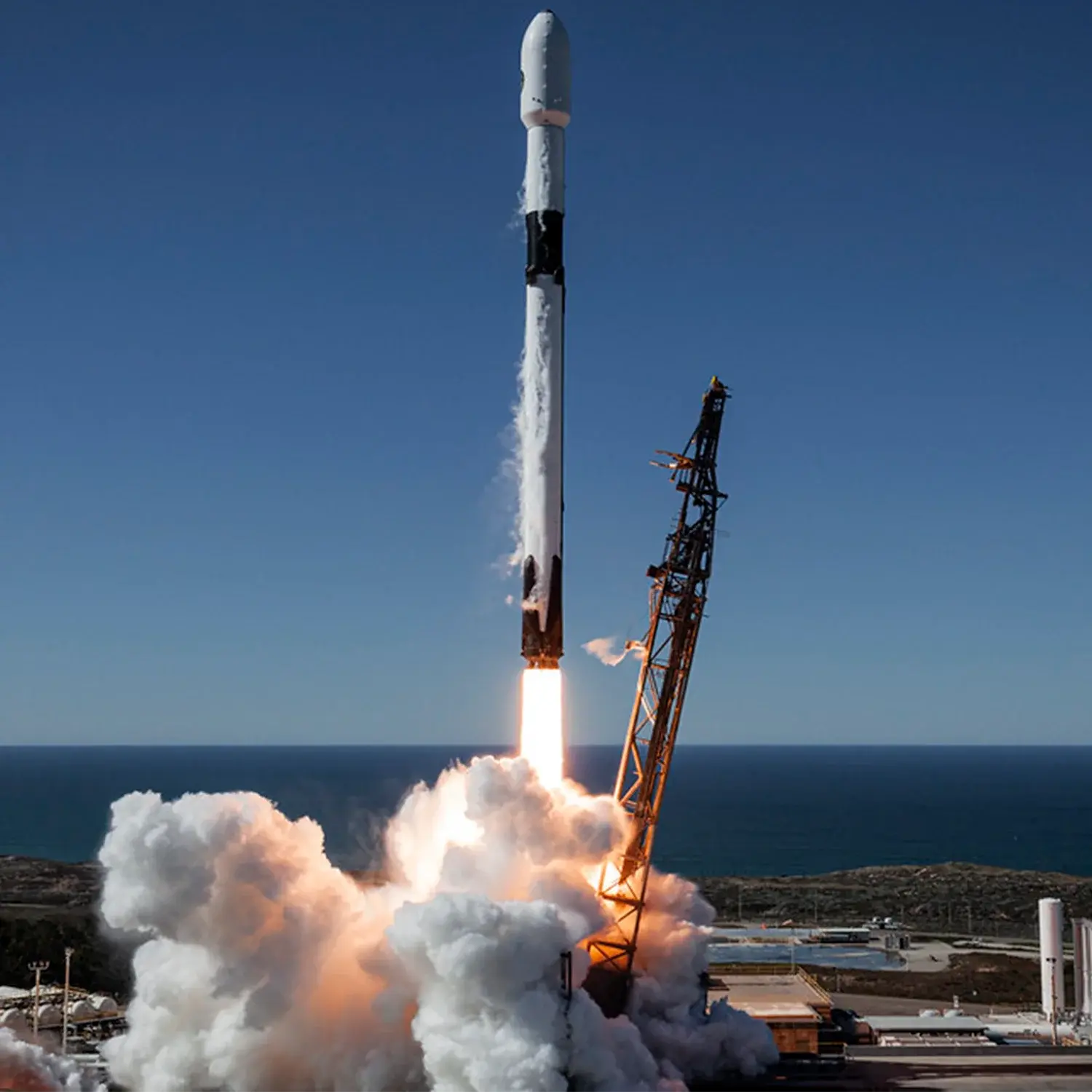HAKUTO-R Mission 1
Launch Success
Liftoff Time (GMT)
07:38:13
Sunday December 11, 2022
Watch Replay
Official Livestream
Mission Details
Read Article
Launch Notes
1st Falcon 9 launch to land a booster on LZ-2, a landing zone previously only used for Falcon Heavy missions with dual side booster returns. Falcon 9's usual landing zone, LZ-1, was used in support of OneWeb #15 shortly before HAKUTO-R was scheduled to launch, resulting in HAKUTO-R's booster instead landing on LZ-2.
HAKUTO-R Mission 1
HAKUTO-R is a multinational commercial lunar exploration program operated by ispace. It includes ispace's first two lunar missions, the first mission will perform a soft landing on the Moon in 2023. It will be the first private sector-led Japanese mission to land on the lunar surface. Managed by ispace, and supported by sponsors, a passionate crew of volunteers, and a large fan club in Japan, HAKUTO competed in the race for the greater part of the past decade. In 2015, the team achieved a $500,000 milestone prize, and in 2017, it completed and delivered a flight-ready rover to its launch location. However, since ispace relied on a partner for the lander and launch, which were not fulfilled, and as no other contestants were capable of completing the mission, the competition ended in March 2018 without a winner. As a result, Team HAKUTO officially closed.
Trans Lunar Injection
1 Payload
1,000 kilograms
Lunar Flashlight
As a technology demonstration, Lunar Flashlight will be the first interplanetary spacecraft to use a new kind of “green” propellant that is safer to transport and store than the commonly used in-space propellants such as hydrazine. This new propellant, developed by the Air Force Research Laboratory and tested on a previous NASA technology demonstration mission, burns via a catalyst, rather than requiring a separate oxidizer. That is why it’s called a monopropellant. The satellite’s propulsion system was developed and built by NASA’s Marshall Space Flight Center in Huntsville, Alabama, with integration support from Georgia Tech Research Institute in Atlanta. Lunar Flashlight will become the first mission to use a four-laser reflectometer to look for water ice on the Moon. The reflectometer works by using near-infrared wavelengths that are readily absorbed by water to identify ice on the surface. Should the lasers hit bare rock, their light will reflect back to the spacecraft, signaling a lack of ice. But if the light is absorbed, it would mean these dark pockets do indeed contain ice. The greater the absorption, the more ice may be at the surface.
Trans Lunar Injection
1 Payload
14 kilograms
Rocket


Agency
SpaceXPrice
$69.75 million
Rocket
Diameter: 3.7m
Height: 70m
Payload to Orbit
LEO: 22,800 kg
GTO: 8,300 kg
Liftoff Thrust
7,607 Kilonewtons
Fairing
Diameter: 5.2m
Height: 13m
Stages
2
Launch Site
Stats
Falcon 9
190th
Mission
55th
Mission of 2022
SpaceX
199th
Mission
56th
Mission of 2022
2022
173rd
Orbital launch attempt
